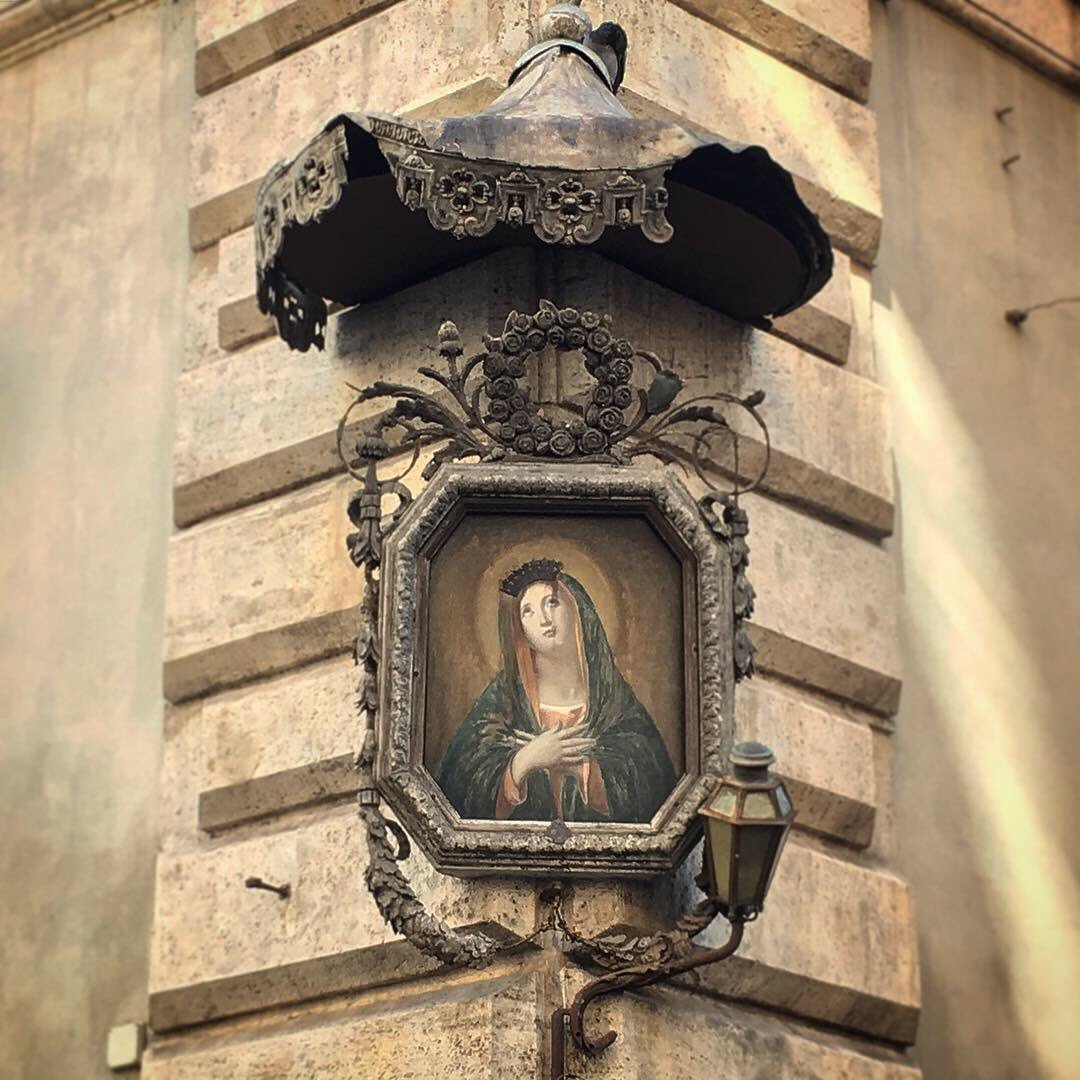The Madonnelle shrines, a ubiquitous presence in the streets of Rome, have captivated locals and tourists alike with their charming, yet profound, symbolism. These diminutive religious icons, often placed at street corners or mounted on walls, have been part of the Eternal City's landscape since the early modern period. However, their roots can be traced back to ancient Rome, where similar shrines were found along the roadsides. In this article, we explore the history and significance of the Madonnelle shrines, as well as their connections to their ancient Roman counterparts.
The Madonnelle Shrines: A Brief History
The Madonnelle shrines are small, often colorful, devotional images of the Madonna and Child that first began appearing in the streets of Rome during the 16th century. These icons served various purposes – from protecting travelers and pedestrians to warding off evil spirits and promoting a sense of community. Historically, local residents would light candles or oil lamps before these shrines as an act of reverence and to seek divine protection.
Over time, the Madonnelle shrines multiplied throughout the city, with some estimates suggesting that at their peak, there were over 3,000 of these sacred images adorning Rome's streets. Today, many of these shrines remain lovingly maintained by local families or neighborhood associations, serving as visual reminders of Rome's rich spiritual and artistic heritage.
Connections to Ancient Roman Road Shrines
Although the Madonnelle shrines are distinctively Christian in nature, their origins can be traced back to the ancient Roman practice of placing sacred images, known as 'lares,' along the roadsides. These lares were guardian deities, often represented as small statues or altars, that protected travelers and households. The tradition of installing lares in public spaces, such as street corners or crossroads, was a means for the ancient Romans to seek divine guidance and protection during their daily journeys.
The practice of venerating lares declined with the rise of Christianity, but the tradition of placing sacred images in public spaces persisted. The Madonnelle shrines are a continuation of this ancient practice, adapted to the Christian context.
Similarities and Differences
There are notable similarities between the Madonnelle shrines and the ancient Roman road shrines. Both traditions involve placing sacred images in public spaces, often at intersections or crossroads, to provide protection and guidance to passersby. Additionally, both the Madonnelle shrines and the lares were often maintained by local residents, who took responsibility for their upkeep.
However, there are also significant differences between the two traditions. The Madonnelle shrines are specifically Christian, featuring the Virgin Mary and Jesus, whereas the ancient Roman road shrines depicted various deities. Moreover, the artistic styles of the Madonnelle shrines and ancient Roman lares differ, with the former often featuring elaborate and colorful depictions, while the latter were typically more subdued in their design.
The Madonnelle shrines of Rome are more than just beautiful works of art – they are also a testament to the city's enduring spiritual traditions, dating back to ancient Rome. By examining the similarities and differences between the Madonnelle shrines and their ancient Roman counterparts, we gain a deeper understanding of the historical, cultural, and religious significance of these sacred images. As you walk the streets of Rome, take a moment to appreciate the presence of these timeless guardians, who have served the city and its residents for centuries.


















